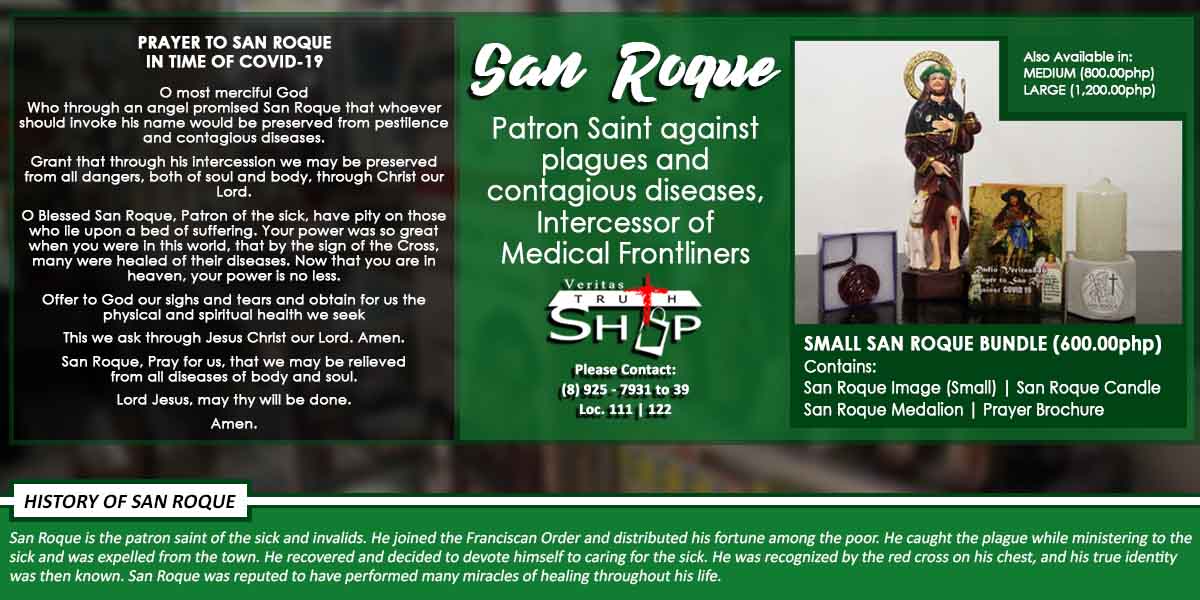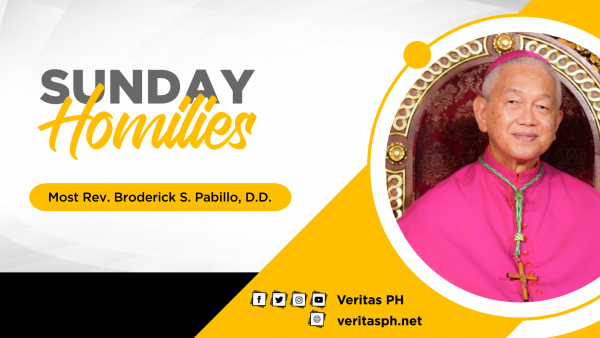253 total views
Homily for Wednesday of the Third Week of Lent, 16 March 2022, Mat 20:20-28
One of the oldest Churches of Spain is in Compostela and is associated with the Apostle James. He is the brother of John, a son of Zebedee, and part of the inner core group of the core group of Jesus.
The Church of Compostela is not only the mother Church of Spain; it is the nerve center of all the pilgrimage routes in Europe, popularly known as THE CAMINO (Spanish for THE WAY). It is supposed to be the most popular kind of retreat, a different kind of retreat of course. It’s not about staying in a retreat house under the direction of a retreat master, but about walking with fellow pilgrims to Compostela while reflecting on nothing else but your own life’s journey and sharing it with complete strangers on the way. Inevitably, they say, the pilgrims find Jesus in each other as they walk and break bread with each other. They get to discover the Way of Jesus, or better yet, Jesus, the Way.
By the way, in early Christianity, the Christian faith was simply called THE WAY. Of course what they mean is THE WAY OF JESUS. What is the way of Jesus?
Today’s Gospel sort of answers this question for the apostle. This is the passage which recalls how Jesus had rerouted life’s journey for James and John. But first it tells us about the way of ambition which their mother was pursuing for her two sons. Like all parents, she is well-meaning, of course. It’s a natural thing for parents to be ambitious for their children, and it seems that James and John had also owned their mother’s ambition for them, which was TO BECOME GREAT. How? By aspiring for positions of power in Jesus’ movement. By wanting to be “seated on his right and left in his kingdom”.
The answer of Jesus is: YOU DO NOT KNOW WHAT YOU ARE ASKING FOR. I imagine God sometimes saying the same thing to people who ask for all sorts of favors from him in their prayers. YOU DO NOT KNOW WHAT YOU ARE ASKING FOR. Good thing—God does not just grant all we ask for.
I find it heartwarming that Jesus does not tell James and John that it is wrong to aspire for greatness. In a roundabout way, Jesus actually explains to them that they were indeed called to greatness, but that power or positions of authority were not THE WAY to true greatness. If not that, then what is it?
The common structure followed by Matthew, Mark and Luke tells us that Jesus is journeying from Galilee, with Jerusalem as his destination. Between Galilee and Jerusalem there is a whole section taht is often called the “ON THE WAY SECTION.” They are no longer in Galilee; but they are not yet in Jerusalem. They are on the way. And along the way Jesus is misunderstood several times by his own disciples about his mission and purpose in Jerusalem. He tries very hard to make them understand his mission, to no avail.
First, he is misunderstood by Peter who blocks his path when Jesus speaks about suffering, dying and resurrecting in Jerusalem. Jesus rebukes Peter and warns him that he is allowing himself to be used by Satan as a stumbling block instead of fulfilling his call to become the rock foundation of the Church. And he proceeds to explain that his way is the path of self denial, that the path of discipleship is the Cross.
Later, he is misunderstood again. On the way, we are told that the disciples are arguing with one another as to who among them was the greatest. Instead of explaining, Jesus places a child in their midst. It is his manner of explaining to them that his way is the path of littleness or childlikeness. Many centuries later, the Carmelite nun, St. Therese of Lisieux would build a whole spirituality around this lesson, this way of humility and absolute self-entrustment to the Father’s will.
Then finally, in our Gospel today, he is misunderstood again, this time by James and John who are aspiring for positions of authority in their desire for greatness. Jesus explains to them that the way to true greatness was not lording it over others, but being a servant leader. This is a paradox that people of this world find very difficult to understand because, in this world, leaders do not serve and servants do not lead. Not so in the world of Jesus, which he calls the kingdom of God. For Jesus leadership and servanthood must go together, and he gives no other example than “the Son of Man who came not to be served but to serve and to give his life as a ransom for the many.”
In the final chapter of the Gospel of Luke, we also have a story about two disciples running away from Jerusalem, which they now associate with the trauma of failure, of suffering and death. These men find themselves “on the way,” but in the wrong way, or the opposite way—the way of self-preservation.
Luke tells us Jesus appeared to them as a stranger, a fellow traveler who walked with them and broke bread with them and eventually redirected their journey. Eventually they found themselves on the way again, but this time, back to where they were running away from. This time, their fear has been turned into courage, their sadness into joy. Now they are on the road back to calvary and the cross, which alone could lead them to resurrection.
There is a stage in life when we find ourselves having to decide which path to take. Sometimes, you get confused because you don’t see a path. The Spanish poet has a song about that. He says, “Caminando no hay camino, se hace camino al andar.” In English, “Walking where there is no path, you make the path while you walk.”
Yes, you make the path while you walk, and you will not get lost as long as you have as your travel companion, Jesus himself. You will dicover as you go along that HE IS IS THE WAY, THE TRUTH AND THE LIFE.
















